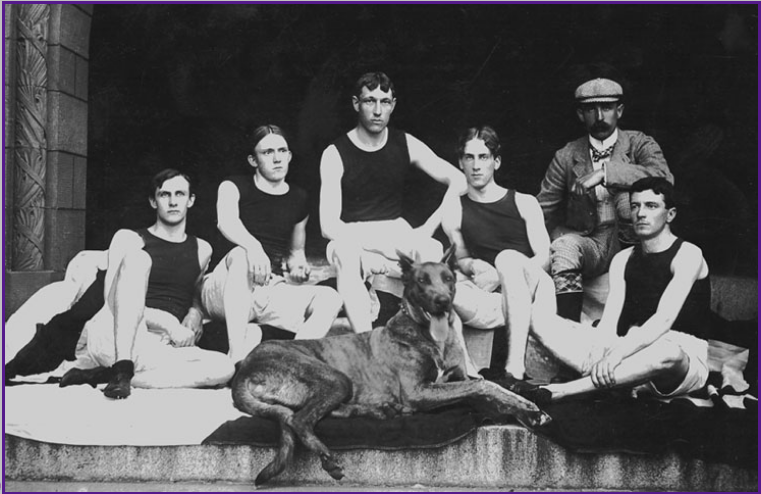My presentation on the changes and developments with the Health Center and the Wellness Center on campus is an interesting topic because there are many sides to the story of its progression. I have found a number of primary sources, in the Presidential minutes, from letters to the various Dickinson College Presidents, to inter-office memorandums about changes to be made. I thought it was especially interesting that the counseling services was so separated from the medical services. Not only was the medicine aspect separated, but they were also physically far apart from one another. Today, if a student needs counseling and medical services, they go to the same building just separate floors, and the doctors and nurses share patient information. Earlier, the student would have to walk across quads to get both services.
I realize that I have gaps in time in the story of the Health Center because I have come across information that I do not understand. For example, as I noted in my presentation the AEGC was some type of organization, that seemingly has no records of existence. It is strange that neither Jim nor Malinda knew what this acronym stood for. One problem I continue to run into as my research progresses is a lack of secondary sources. My very informal interviews with Alecia Sundsmo and Mary Polson are both primary sources, among all my archival materials. The suggestion made in class to look at the differences and trends among other colleges and universities and the changes in their health centers may good a place to start this. As of now, this is my reflection on the presentation and my information with the Health Center.


